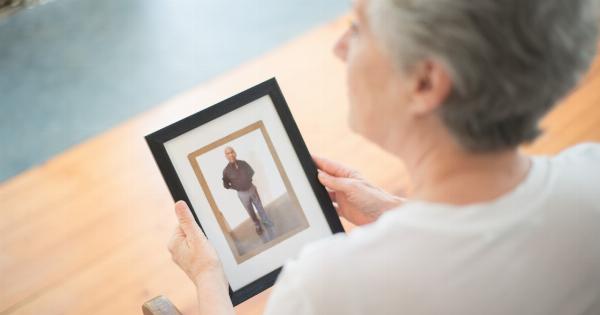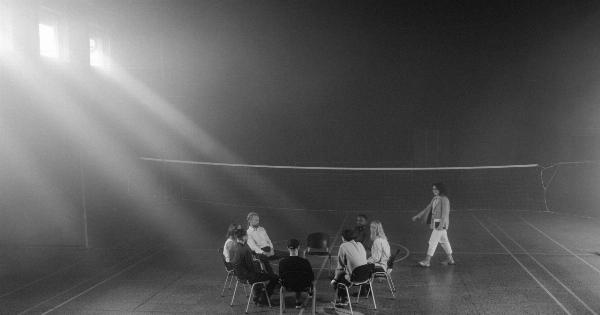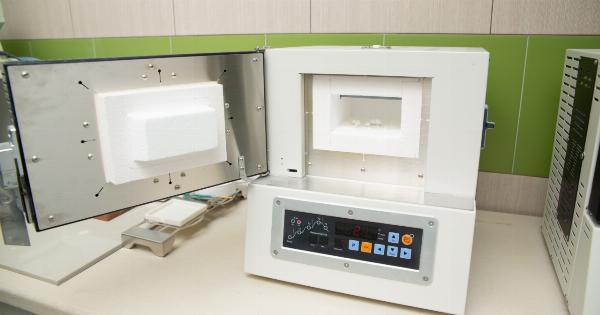Vision loss can pose significant challenges to individuals, affecting their daily activities, independence, and overall quality of life.
Whether it is caused by age-related macular degeneration, glaucoma, diabetic retinopathy, or other eye conditions, it is important to develop effective strategies and seek appropriate solutions to manage vision loss. In this article, we will explore various techniques, devices, and support systems that can assist individuals in adapting to and overcoming the obstacles presented by vision impairment.
1. Seek Professional Support
The first step in managing vision loss is to consult with a qualified eye care professional or specialist. They can conduct thorough examinations, diagnose the specific causes of vision loss, and recommend appropriate treatments or interventions.
Regular eye check-ups are crucial and can help detect any potential changes or deterioration in vision.
2. Assistive Technology
Advancements in technology have led to the development of various devices and apps that offer assistance to visually impaired individuals. Some popular examples include:.
– Screen readers: Text-to-speech software that reads out the text displayed on a computer or mobile screen.
– Optical character recognition (OCR) software: Converts printed or handwritten text into digital text, making it readable by screen readers.
– Electronic magnifiers: Handheld devices or software that magnifies text or images.
– Voice-controlled virtual assistants: Devices like Amazon Echo or Google Home can provide hands-free assistance for managing daily tasks.
– Smartphone apps: Numerous apps offer features such as object recognition, color identification, navigation assistance, and more.
3. Adaptive Tools and Aids
There are several tools and aids available to assist individuals with vision loss in their daily lives:.
– Braille devices: Refreshable braille displays that convert digital text into braille for tactile reading.
– Large print materials: Books, magazines, and other publications available in larger font sizes.
– Talking clocks and watches: Time-telling devices that announce the time audibly.
– Tactile markers and labels: Using various textures and shapes to help identify and organize objects.
– White canes: Mobility aids used by individuals with visual impairments to detect obstacles and navigate their surroundings.
4. Enhance Lighting and Contrast
Improving lighting conditions and maximizing contrast can greatly assist individuals with vision loss. Consider the following strategies:.
– Brighten the environment: Ensure that rooms are well-lit, especially task-specific areas like workspaces or kitchen counters.
– Use natural light whenever possible: Position desks or reading areas near windows to make use of natural daylight.
– Install adjustable lighting: Implement adjustable lighting solutions like dimmer switches or lamps with adjustable brightness settings.
– Use high-contrast colors: Opt for dark-colored objects against light backgrounds or vice versa to enhance visibility.
5. Make Environmental Modifications
Modifying the environment can significantly improve accessibility for individuals with vision loss. Here are some suggestions:.
– Clear pathways: Remove any clutter or obstacles that may impede navigation within the home.
– Install handrails: Place handrails along staircases, ramps, and other potentially hazardous areas.
– Use tactile warning indicators: Implement tactile markers near stairs, edges, or other areas where caution is required.
– Label appliances and objects: Apply Braille labels or large print stickers to identify different objects.
– Organize belongings: Keep items in consistent locations to facilitate easy access and reduce confusion.
6. Join Support Groups
Connecting with others who are experiencing or have overcome similar challenges can provide valuable emotional support and practical advice.
Joining support groups, either in-person or online, can facilitate sharing of coping strategies and help individuals adapt to their vision loss.
7. Psychological Support and Counseling
The emotional impact of vision loss should not be underestimated. Individuals may experience frustration, anxiety, or depression as a result.
Seeking psychological support or counseling can assist in navigating these challenges and improving overall mental well-being.
8. Access Rehabilitation Services
Rehabilitation services can equip individuals with vision loss with the skills needed to maximize their independence and participation in daily activities. These services may include:.
– Orientation and mobility training: Learning techniques to navigate unfamiliar environments safely.
– Daily living skills training: Acquiring the necessary skills for activities such as cooking, cleaning, and personal care.
– Assistive technology training: Familiarizing oneself with the operation and utilization of various assistive devices.
– Low vision therapy: Working with professionals to develop techniques for making the most of remaining vision.
9. Stay Active and Engaged
Participating in social, recreational, and educational activities is vital for individuals with vision loss. Engaging in hobbies, volunteering, or pursuing new interests can help maintain a fulfilling and well-rounded lifestyle.
Many organizations offer programs specifically designed for visually impaired individuals, providing opportunities for personal growth and social interaction.
10. Continued Learning and Adaptation
Managing vision loss is an ongoing process that requires continuous learning and adaptation to changing circumstances. Staying informed about new technologies, strategies, and resources can help individuals optimize their independence and well-being.


























